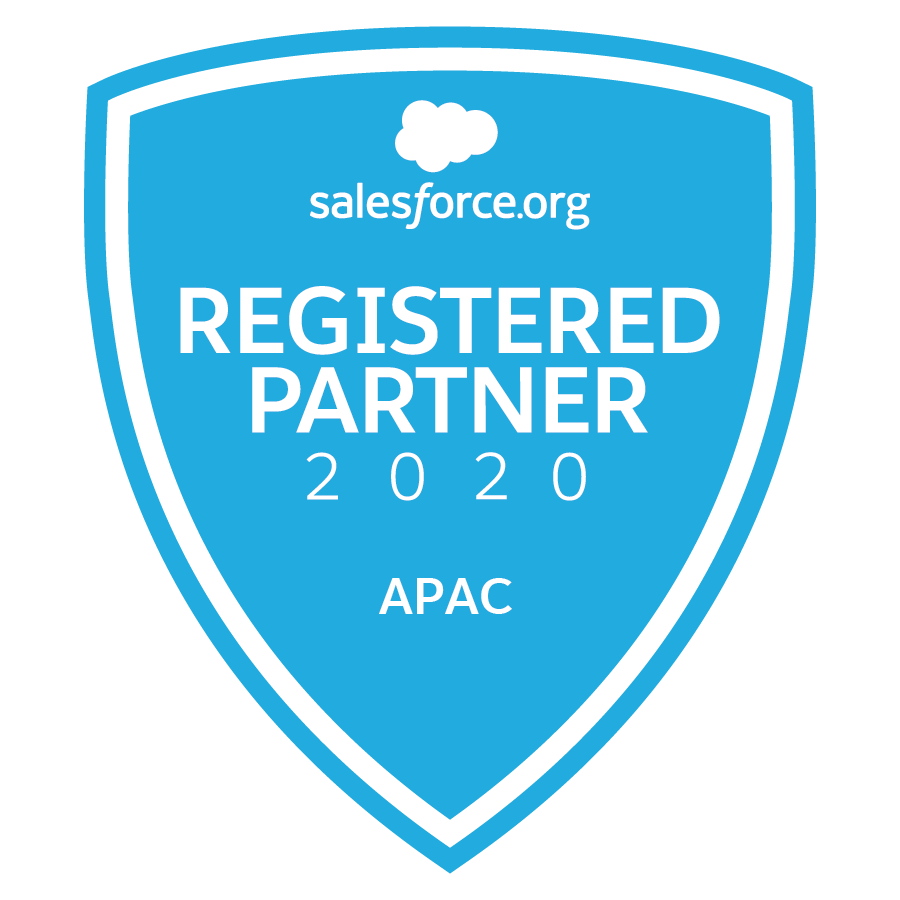What are the Processes?
Processes are everywhere. We deal with them every day. There is a process for putting fuel in your car: you must take the fuel cap off the fuel tank before inserting the nozzle and starting the flow. Likewise, every business has a variety of processes in place to deal with the day-to-day operations of the company. You might have a process for data entry, production, and/or dealing with customers. These processes have been implemented to enable us to perform as a company.
We must also understand that a business is a fluid enterprise; it must move with and meet the expectations of the customers. Therefore, it is vital that we manage our business processes to make sure they are still working and achieving the goals they were intended to reach.
What is Business Process Management?
Business Process Management is a variety of tools and techniques used to support and manage the design, implementation, and improvement of operational procedures within an organisation. These operational procedures are a set or sequence of activities that must be completed to reach a goal.
The layers of Business Process Management move top-down. Starting with the Management level, essentially, this layer focuses on creating strategic goals that the organisation can move toward.
Questions that are asked in this phase might include:
- Where is our business going?
- What is our ideal, desired future state?
- What is the vision for our company?
In order to achieve the ideal future state, companies need to put processes in place that reflect their strategic goals. This is the second level of the Business Process Management model. For example, if a strategic goal is to offer clients faster service by shortening manufacturing time on a product, you need to examine and improve your existing production processes.
Questions that are asked in this phase might include:
- What are the processes we currently have?
- How can we build upon and improve these processes?
- Do we need to create new processes to achieve our goals?
- Are our existing processes performing and giving us the results they were meant to produce?
- How can we incorporate technology into our processes to make them more efficient?
- How do we add value to a process?
The final stage in the Business Process Management model is Implementation. This level is concerned with projects to develop resources for existing and new processes. This stage is a blend of technological solutions and human resource development.
For example, when seeking to improve your processes, you may consider implementing a new computer program to support your initiative. Then, you will need to invest in training development and possibly the creation of a new position to support and monitor the application. Balancing people and technology helps businesses maximize their processes and achieve the strategic vision or goals of the company.






